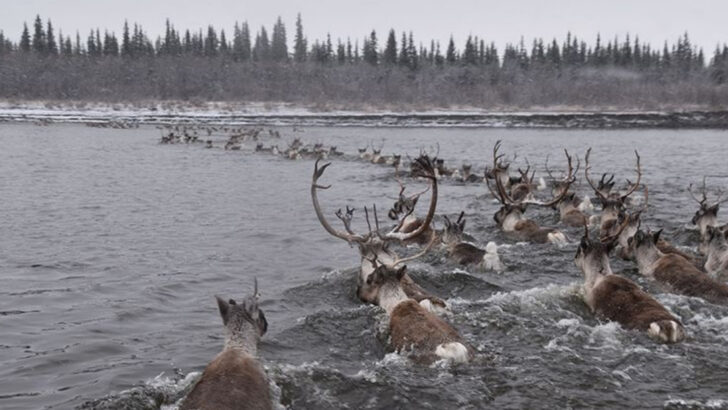Some animals vanish like magic when summer hits.
Poof! One day they’re everywhere, the next—gone without a trace.
But they’re not just hiding; they’re on secret summer missions.
From clever camouflage to sneaky migrations, these 11 creatures pull off nature’s greatest disappearing acts.
Ever wondered where that buzzing bug or elusive critter disappears to when the heat turns up?
Get ready to uncover their cool hideouts, surprising summer strategies, and the wild stories behind their seasonal disappearances.
Summer might feel empty without them, but trust me—they’re busy living their best lives out of sight.
Dive into the mystery and learn why disappearing isn’t quitting—it’s just part of their wild survival game.
Monarch Butterfly

The monarch butterfly, with its vibrant wings, embarks on one of the most fascinating migrations of the animal kingdom. Every summer, these delicate creatures leave their breeding grounds in North America to journey thousands of miles southward. They travel to the forests of central Mexico, where they find refuge from the colder weather.
Here, these butterflies rest in clusters on fir trees, creating a spectacle of orange and black. This migration is so incredible that it spans multiple generations, with each new group picking up where the last left off. Monarchs truly showcase nature’s remarkable adaptability.
Caribou
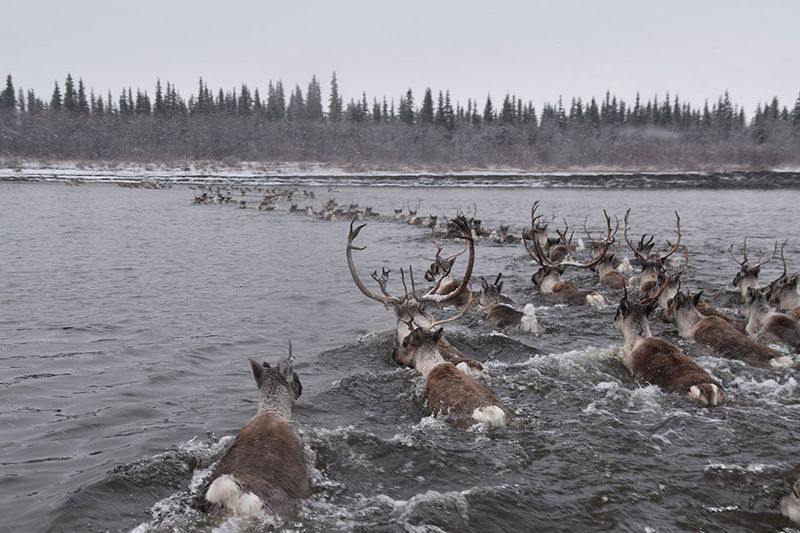
In the vast expanse of the Arctic tundra, caribou are known for their epic seasonal migrations. As summer arrives, these majestic animals move northwards to find fresh grazing grounds and cooler climates. Their journey is one of endurance, spanning hundreds of miles through rugged landscapes.
Caribou travel in large herds, navigating rivers and mountains with an instinctive drive. This migration is critical for their survival, allowing them access to food resources and safe calving areas. With each step, caribou embody the wild spirit of the northern wilderness.
Humpback Whale

The powerful humpback whale, known for its acrobatic breaches, disappears from tropical waters as summer unfolds. These marine giants migrate to cooler, nutrient-rich polar regions, where they feast on abundant krill and fish.
Their journey is a breathtaking spectacle, covering thousands of miles across vast oceans. During this time, they also engage in complex songs, believed to play a role in communication and mating. The humpback’s migration is not only a search for food but a vital part of their reproduction cycle, ensuring the continuity of their species.
Arctic Tern
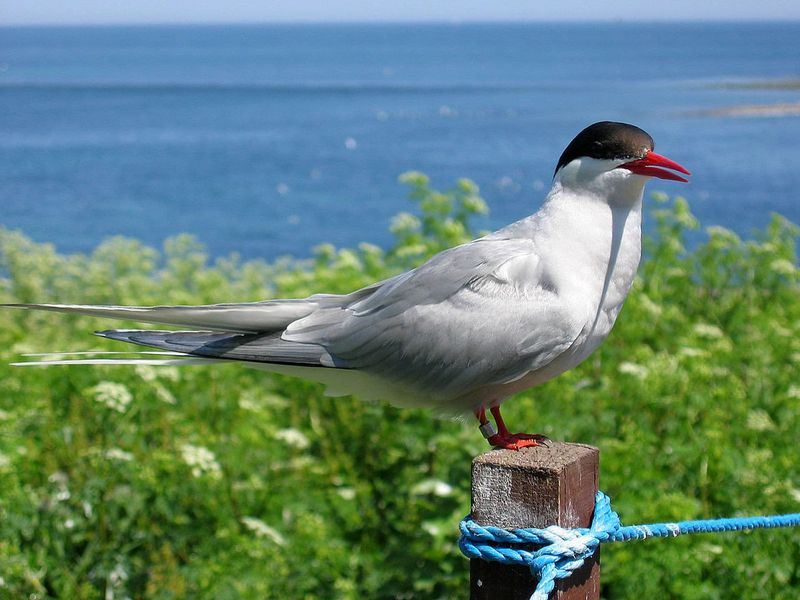
Renowned for having the longest migration of any animal, the Arctic tern travels from its breeding grounds in the Arctic to the Antarctic each year. This remarkable bird covers a distance that could equal flying to the moon and back over its lifetime.
As summer begins, the Arctic tern departs the cold north in pursuit of endless daylight and abundant food in the south. Their migration is a testament to stamina and endurance, showcasing nature’s incredible feats. The Arctic tern’s journey is a symbol of the vast, interconnected world of avian travelers.
Red Knot
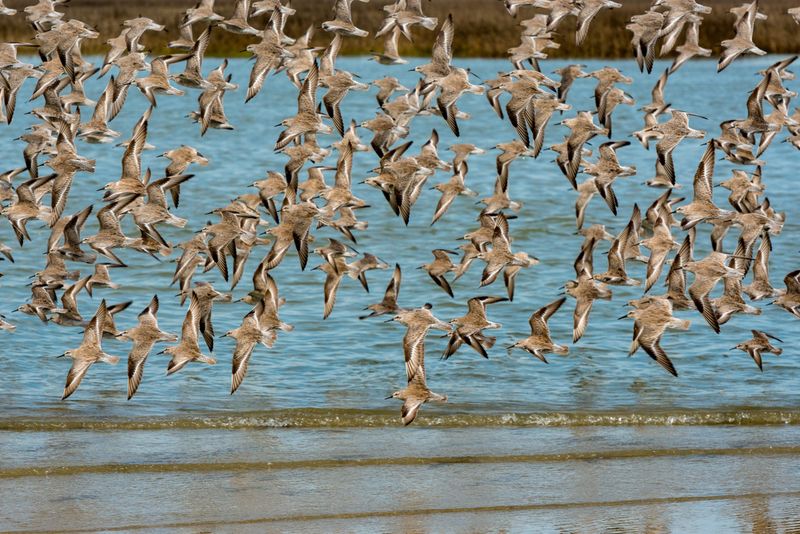
The red knot, a small shorebird, undertakes an astonishing migration every summer. They travel from Arctic breeding grounds to the southern tip of South America. This journey spans over 9,000 miles one-way, making it one of the longest migrations in the avian world.
During their travels, red knots rely on critical stopover sites to refuel, like the Delaware Bay, where they feast on horseshoe crab eggs. This tiny bird’s migration is a wonder of endurance and precision, reflecting the intricate balance of ecosystems that sustain them across continents.
Salmon
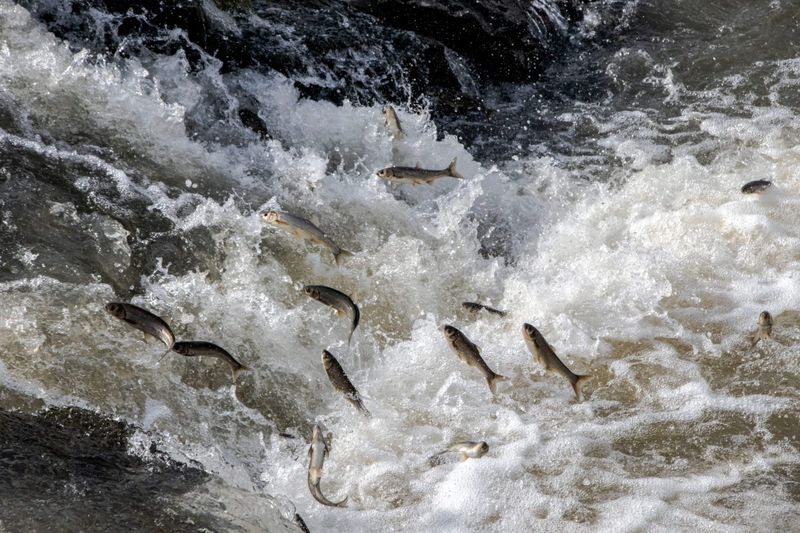
Salmon, famous for their dramatic upstream migration, disappear into rivers during the summer as they return to their birthplaces to spawn. This incredible journey, known as the salmon run, is both a physical challenge and a critical life cycle event.
Navigating rapids and waterfalls, salmon travel from ocean feeding grounds to freshwater streams. Along the way, they undergo physical changes, preparing for spawning and eventual death. This migration not only ensures the continuation of their species but also enriches the ecosystems they inhabit by providing nutrients to their natal streams.
Leatherback Sea Turtle
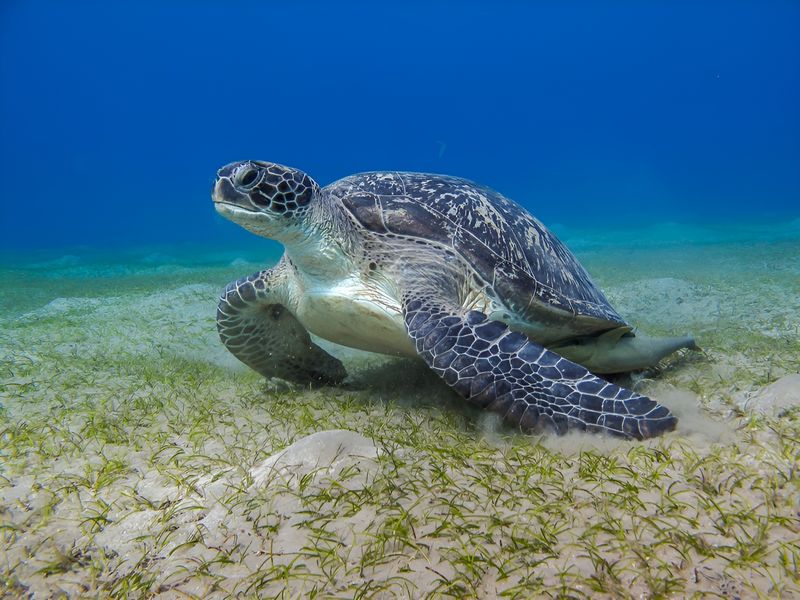
Leatherback sea turtles, the largest of their kind, migrate vast distances across the oceans each summer. These gentle giants navigate from tropical nesting beaches to cooler, nutrient-rich waters where they feed on jellyfish.
Their migration is one of the longest of any reptile, showcasing their incredible navigational skills. Despite their size, leatherbacks face numerous threats during their journey, including pollution and fishing nets. Their travels are vital for maintaining healthy marine ecosystems, highlighting the fragile balance required for survival in our oceans.
Gray Whale
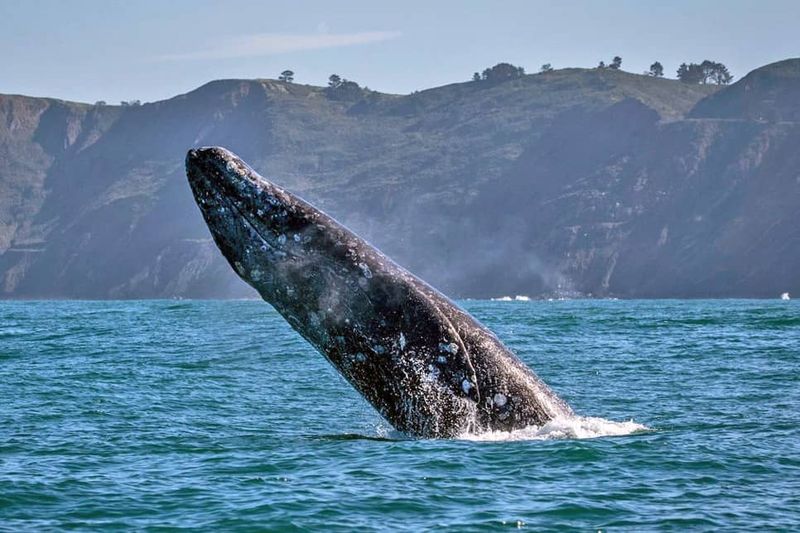
Gray whales embark on one of the longest migrations of any mammal, traveling from breeding lagoons in Mexico to feeding grounds in the Arctic. As summer progresses, these whales make their way northward, covering thousands of miles along the Pacific Coast.
Their journey is a testament to endurance and survival, driven by the search for food. Gray whales navigate familiar waters, guided by the Earth’s magnetic fields. This migration not only supports their own survival but also enriches marine biodiversity, as they stir up nutrients from the ocean floor.
Snowy Owl
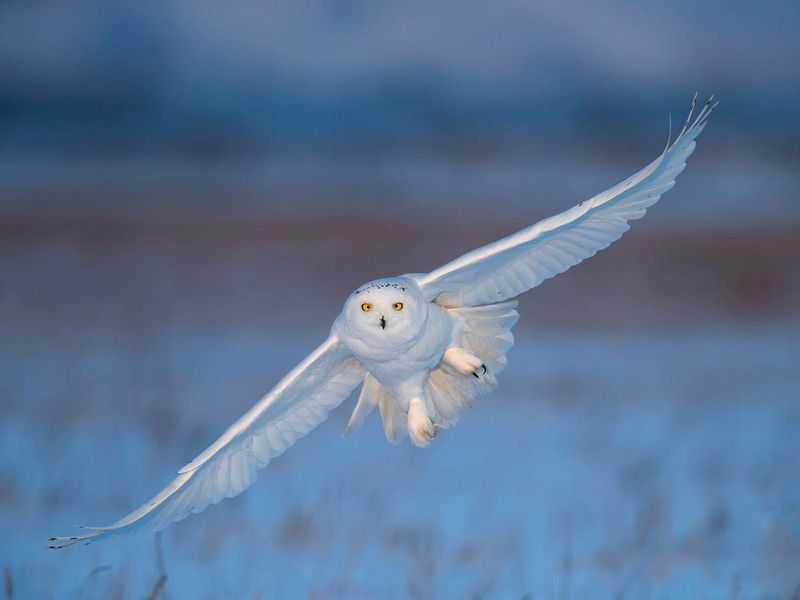
The enigmatic snowy owl, with its striking white plumage, withdraws from its Arctic tundra home during the warmer months. As summer unfolds, they often migrate southward in search of prey and suitable nesting sites.
Unlike other birds, their movements are irregular, primarily driven by food availability. Snowy owls may travel as far as the northern United States, showcasing adaptability in their pursuit of survival. Their migration stories contribute to the rich tapestry of avian life, highlighting the interplay between predator and environment.
Sandhill Crane
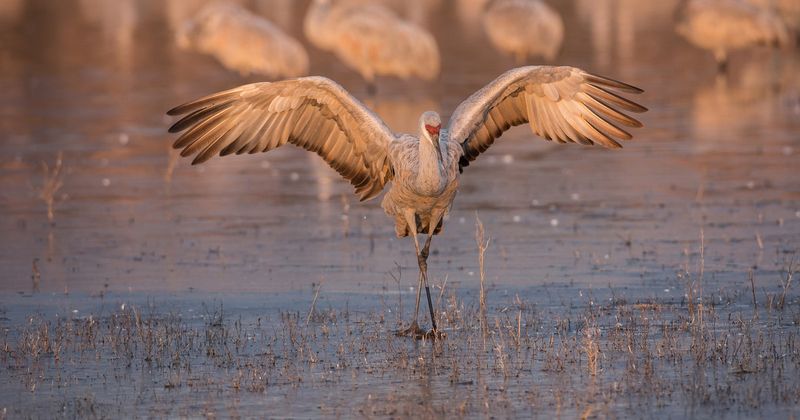
The sandhill crane’s summer migration is a spectacle of grace and elegance. These birds journey from southern wintering grounds to northern breeding areas, traveling in large flocks across the skies.
Their migration is characterized by long, looping paths, utilizing thermal currents to conserve energy. With their distinctive calls echoing, these cranes symbolize the seasonal rhythms of the natural world. This migration is not just a passage but a celebration of life, as cranes return to their nesting sites to raise the next generation.
Bald Eagle
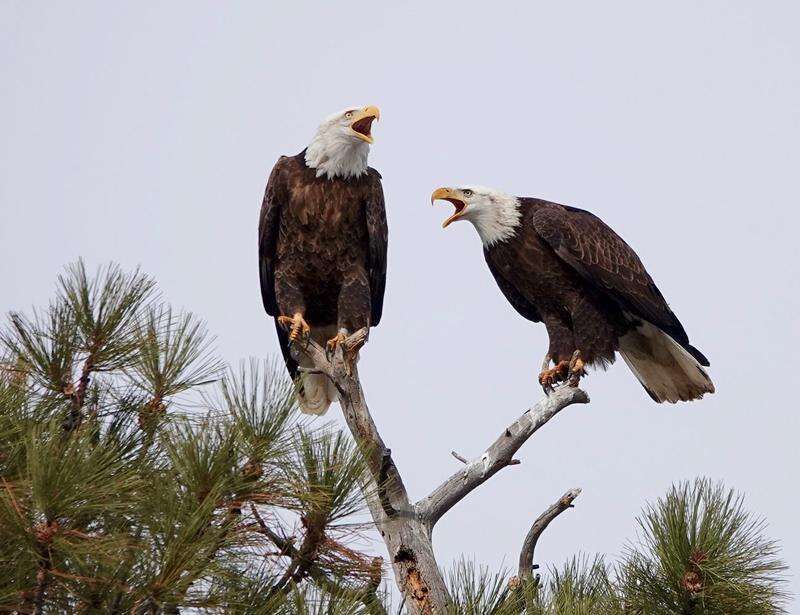
The iconic bald eagle, a symbol of freedom, experiences a migratory shift as summer approaches. These majestic birds move northward, following the retreating ice and the availability of open water.
Their summer home provides plentiful fish, the staple of their diet, supporting their growing chicks. Bald eagles embody resilience, adapting to environmental changes while maintaining their role as apex predators. Their movements reflect the intricate balance of ecosystems, where each creature plays a vital role in the circle of life.

